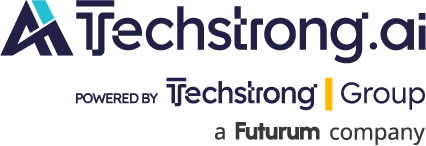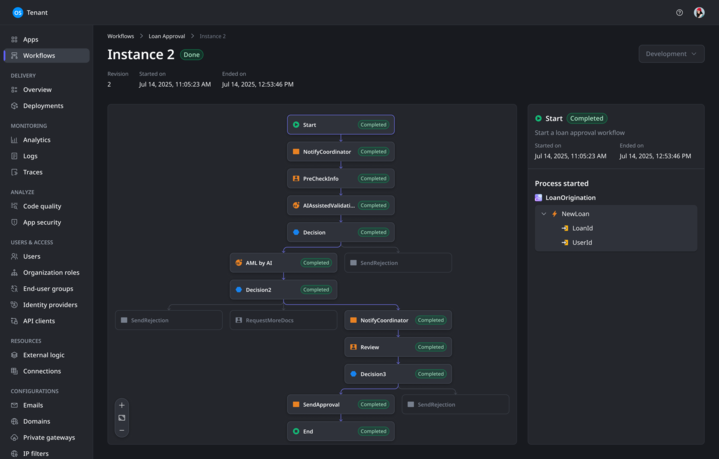
OutSystems has generally made available a low-code development platform, dubbed the OutSystems Agent Workbench, that can also be used to build and deploy artificial intelligence (AI) agents.
Additionally, OutSystems has created an agent marketplace and added support for the Model Context Protocol (MCP), an emerging de facto standard for providing AI applications and agents access to existing data sources.
Along with previous support for AWS Bedrock, Azure OpenAI and Anthropic AI models, Agent Workbench now also supports Gemini, Cohere, Mistral, Databricks, AI2 and IBM WatsonX AI models and open source models made available by VertexAI and HuggingFace.
Rodrigo Coutinho, AI product manager for OutSystems, said OutSystems Agent Workbench makes it simpler for developers who are familiar with a low-code approach to build applications to also develop AI agents. The overall goal is to make it easier to build AI agents faster in a way that can also be governed, he added.
That approach also makes it simpler to connect AI agents to existing business workflows developed with low-code tools, said Coutinho. “They can learn and adapt,” he says.
Organizations that have already adopted OutSystems Agent Workbench include Axos Bank, Thermo Fisher Scientific, The Arch Company, TeamWork and Grihum Housing Finance.
It’s not clear what tools and methodologies organizations might eventually standardize on to build and deploy AI agents, but it’s apparent that the pace at which they are being created is accelerating. A survey published by G2 finds that well over 57% of organizations have AI agents in production, with 40% having allocated more than $1 million for AI agent initiatives. More than half of organizations, meanwhile, said they are highly likely to expand their agent budgets over the next 12 months. The Futurum Group, meanwhile, projects AI agents will drive up to $6 trillion in economic value by 2028.
The degree of autonomy that will be given to an AI agent will vary widely from one organization to the next. Given the probabilistic nature of LLMs, most organizations are initially employing AI agents to automate tasks that are not necessarily mission-critical. Most of the tasks also still require a human in the middle to validate the output of the AI agent. Eventually, however, in many cases, organizations will be developing AI agents that have been trained to validate the output of other AI agents.
In the meantime, the pace at which organizations are experimenting with agentic AI is only going to increase. There are potentially millions of manual processes and workflows that could become much less tedious than they are today. Theoretically, that would make existing employees much more productive in ways that, at the very least, would reduce turnover rates. Ideally, it would also lead to organizations developing new processes and workflows to drive revenue that could be deployed cost-effectively at much higher levels of scale.
However, there is no magic AI bullet. Like most journeys, the path to AI success starts with a few simple steps that ultimately lead to a few unanticipated discoveries along the way that could potentially change the way an organization creates and derives business value.


